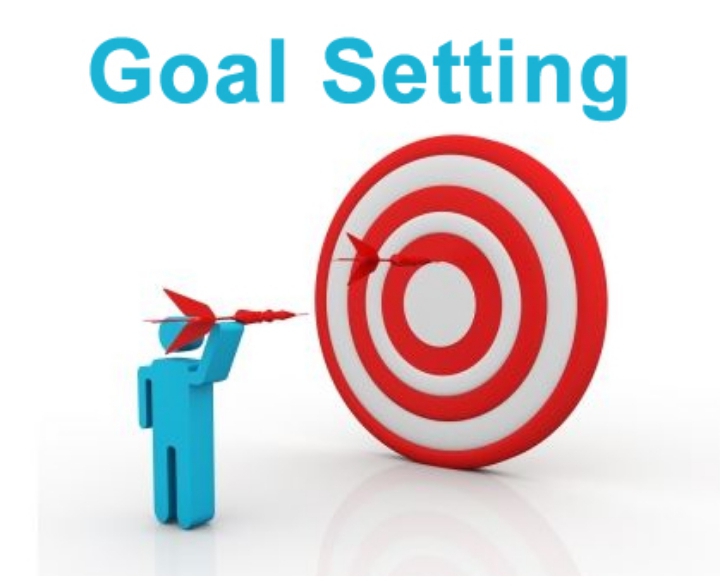
A Goal is simply an aim, desire or result one hopes to achieve.
Goal setting is the process of identifying that thing that you want to accomplish and establishing measurable and shorter goals and timeframes to making the main goal a reality.
Goal setting involves the development of an action plan designed to motivate and guide a person or group toward a goal.
Goal setting can be guided by goal-setting criteria (or rules) such as SMART criteria.
How to do we set Goals
1. State your goals as a path to your ideal state.
The goal is more than just a goal. It is a journey from your current state to your desired state. This ideal situation will be the evidence that tells you if you have actually reached the goal.
2. Identify your starting situation.
If you want to follow this path and reach the goal, it is crucial to know where we are to know where we started from.
3. Formulate your goals in a responsible way.
This is a basic rule when formulating objectives.You must always be responsibly in charge of the objective set, carrying out the relevant actions to achieve the goals.
4. Be realistic when setting goals.
This translates into concreteness and detail. Try, as much as possible, to size the objectives and not try to cover too much. If you can be realistic about setting goals, you will create the right expectations and run away from false promises.
5. Write the objective positive.
Thinking a goal positive means projecting it positively. Avoid goals set as affirmations of something unwanted. Make an effort and indicate what you are looking for and be positive.
6. Set yourself measurable goals.
A goal is useless if it cannot be measured in some way. Find qualitative or quantitative indicators to help you measure your achievement.
7. Always dated and adjustable targets.
A very typical problem in goal setting is making the mistake of not setting a deadline for execution. Another frequent mistake is being too rigid with scheduling. Be flexible and set goals that can be readjusted if necessary.
8. Set a meta objective.
It is very useful to think about the purpose of the stated objective. The meta-objective allows you to have a vision of the ultimate goal that is pursued with the stated objective.
9. Break your target into small pieces.
If you can detail your goal into smaller, more achievable sub-goals, it can help you navigate the path to the ideal state you are looking for with your goal.
All these principles are ultimately necessary in setting achievable goals as they encompass the SMART (Smart, Measurable, Achievable, Realistic and Time Bound) principle of Goal setting and even more.
It is important to set goals, note that where the work lies is attaining the goals set.
Trust Myllash to help you out through your journey of Goals setting and attaining.
Comments